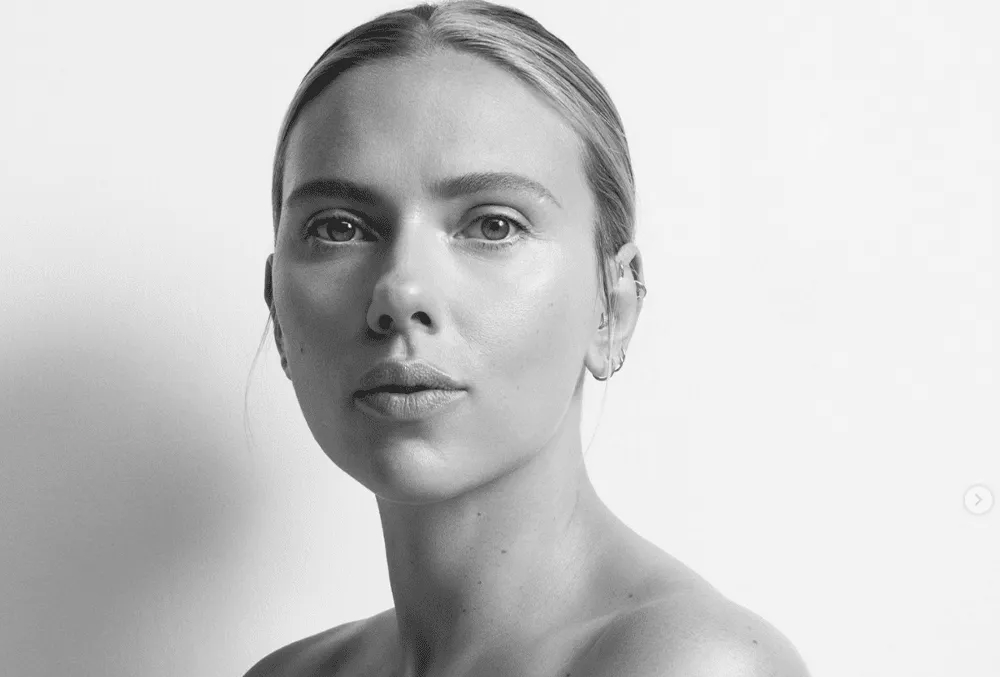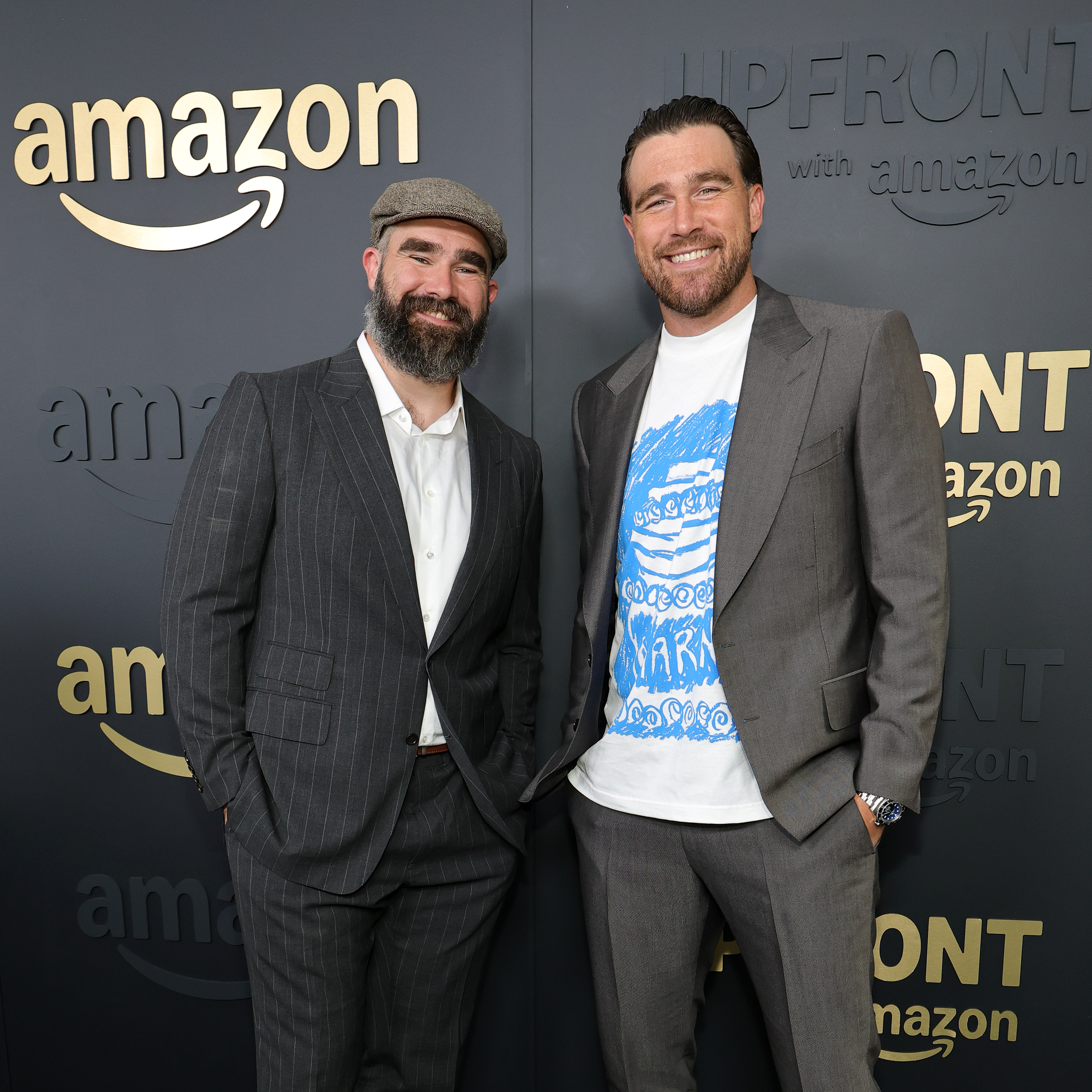Jewel Comparte Reflexiones sobre Salud Mental, Tendencias de los 90, Edadismo y lo que Lleva de Gira

Jewel fue una de las primeras letristas poderosas que recuerdo haber estudiado las canciones línea por línea, ¿recuerdas cuando las letras venían con el CD? Aunque alcanzó la fama en los 90, sigue siendo un referente cultural, pero solo en sus propios términos. Recientemente actuó con Olivia Rodrigo y será co-protagonista de una gira con Melissa Ethridge.
Jewel siempre ha sido más que una cantante, y eso nunca ha sido más cierto que ahora, mientras se prepara para albergar y curar una exposición de arte en el famoso Museo Crystal Bridges de Arkansas, que explorará la intersección de la música, la salud mental, la tecnología y el arte. La exposición también contará con cuatro piezas de su propio arte: una pintura al óleo, una escultura, un video holograma y un espectáculo de drones. Hablamos con Jewel sobre su próxima muestra de arte, el edadismo en la música, la salud mental y el hecho de volverse rubia de fresa.
“Toda mi vida he estado trabajando en tres áreas. Una es música y escritura, que todo el mundo conoce. Otra es arte visual, que prácticamente nadie sabe. La otra es la salud conductual, en la que he realizado mucho trabajo. Así que realmente son estas tres áreas de mi vida unidas en una experiencia artística”.
“He descubierto en mi propia vida que yo, y todos nosotros, navegamos a través de tres ámbitos de la realidad todos los días, a menudo sin saberlo. Y el bienestar surge como un efecto secundario cuando nuestros tres ámbitos están alineados.
El ámbito interno son nuestros pensamientos y sentimientos, nuestros deseos del corazón, nuestra mente, nuestra psique. Está el ámbito visible, que es todo en el mundo físico, como nuestros trabajos, familias, finanzas, naturaleza y ciudades. Luego, el ámbito invisible es ese misterioso ámbito que la humanidad ha estado tratando de definir desde el principio del hombre. Lo defino como cualquier cosa que te dé una sensación de asombro e inspiración. Para algunas personas, eso significará algo muy específico religiosamente, para otras personas, será simplemente que saben que los pelos de su brazo se erizan cuando ven una imagen del telescopio James Hubble.
Así que el bienestar es un efecto secundario de estos estando en alineación. Cuando puedo articular algo a mi pareja o a las personas de mi vida, y ellos hacen cambios basados en lo que estoy diciendo, eso me hace sentir bien. O si la razón por la que siento que fui puesto en el planeta es también algo que hago como mi trabajo eso me hace sentir bien.
Entonces también es cierto que sufrimos mucho cuando nuestros tres ámbitos están en conflicto. Así que si nadie conoce al verdadero yo o si tengo creencias espirituales que no actúo, entonces me convierto en un hipócrita, y eso trae sufrimiento. Si mi trabajo es un trabajo que odio, eso trae sufrimiento. Toda la experiencia del arte está diseñada para ayudar a las personas a conectarse con lo que piensan acerca de sus tres ámbitos, pero de una manera realmente divertida y ligera”.
“Yo me maquillo, así que uso muchos lápices de colores para los ojos. Me gusta hacer ojos muy intensos cuando estoy allí, algo que es gráfico y que se aprecia desde lejos. Los sombreros son algo que siempre llevo porque no soy muy buena con el cabello, así que uso sombreros en la gira.
Soy muy protectora del sol, así que si no estoy en el escenario maquillada, solo uso una crema solar con color. Me gusta Revision Skincare Intellishade ($84), es un muy buen protector solar de amplio espectro. Me gusta mucho la lanolina como bálsamo para los labios y para mi piel. Me volví adicta a ella cuando era una nueva madre, y la marca que me gusta es Lanssinoh ($19).
“Entré en este negocio bastante joven, y era amiga de un maquillador muy famoso llamado Kevyn Aucoin, y él me enseñó cómo maquillarme para que cuando él no estuviera presente, pudiera conseguir el look que quería. Desde entonces, he tenido a algunos de los mejores maquilladores del mundo haciendo mi cara prácticamente todos los días, así que he aprendido mucho sobre ello. Me gusta mucho. También pinto, así que me recuerda a pintar, y también es relajante antes de un concierto”.
“Desterrando los jeans de talle bajo, los que estaban por debajo del hueso de la cadera y apenas cubrían la raja del trasero de pie de manera que cuando te sentabas no había esperanza de mantener las dos mejillas cubiertas. Esa fue una fase terrible. No me gustó esa fase, y te daría un aspecto de panza incluso si eras muy, muy pequeño, así que realmente no estoy aquí para eso. Si todo el mundo está pensando en volver a eso y yo tengo algún poder, me gustaría asegurarme de que puedo influirles para que no bajen tanto.
Si pudiera traer una cosa de vuelta de los 90, en realidad creo que está volviendo, ¿cómo lo llaman? El grunge descuidado, creo. Es un look genial. Lo que sucedió en los años 2000 fue este look hiper-pop, glamuroso. Tuve suerte de haber llegado en los 90 cuando era como si no tuvieras que peinarte, no tenías que vestirte lindo. Fue un buen momento para mí para pasar de Alaska al estrellato”.
“I love it. I love change. I feel like it’s just hair, and it’ll grow back, and we can do other things with it. But I really loved the change to the strawberry blonde red color. Jill Buck does my hair, my cuts and my color. She’s from the Nine Zero One Salon, and she’s so talented and couldn’t be a nicer person. I’ve worked with her for decades. It’s actually hard in the beauty industry because trends happen, and it’s very hard with my job we have to stay current on what new things are happening in art and music, and it’s the same for them with beauty, and she’s just always really stayed incredibly current.”
“Yes, I think that young professionals don’t realize how big that is. It’s the same with musicians you’re hiring for a band and beauty teams that we work with. You have to be a good hang. There are a lot of people out there who are talented, but if you’re not a good hang, why are we going to do that? Life’s too short. We spend too much time with these people.”
“Gosh, I have lots of things. Just a really quick tip is just don’t look at your phone first thing when you wake up, keep it off, don’t turn it on, don’t hear the ding, don’t feel the vibrating buzz of the phone. Then do something that puts you in a state of mind that you like, whether it’s meditating or praying or reading a passage from a book or just getting in the shower and listening to music you love.
Having a gratitude practice is really good. It can’t be something that’s like hashtag grateful. It has to be something that profoundly moves you to tears for it to work because the idea is that through biofeedback and neurofeedback, it works because your whole body gets involved. It can’t just be a thought like, ‘I’m grateful for my health.’ It has to be something that moves you, and when it’s like that, it can actually be a really profound practice.
I also developed a virtual mental health platform called Innerworld. It’s designed as a social platform, and there’s a trained guide all the time. It’s safe, and you can learn tools. Let’s say you’re sad one day, or your cat died or you’re just anxious you can go in there 24 hours a day, seven days a week, and find support. Then the other half of the platform is skill-based. For example, at one o’clock, there will be a class on anxiety and a skill around it, like a behavioral tool. It’s a clinical research platform, so we’re really tracking outcomes to make sure that we’re getting the results that people want because it can’t be like, ‘I think I feel better.’ This stuff can change your life, and that’s what we’re trying to do.
We actually were just able to publish two white papers showing we’re as effective as traditional therapy. There’s a huge space between where meditation apps end and psychotherapy begins. There are so many clinical results we can get with people with social anxiety, agoraphobia and PTSD. We have tons and tons of classes and scientifically proven behavioral tools around those.”
“Gosh, I’ve seen huge shifts around mental health and the arts. I took a two year break after my second album, Hands, because I didn’t like the level of fame I got—it wasn’t good for me psychologically. But there were no words like ‘mental health break,’ so I was ridiculed like, ‘she can’t hack it’ and ‘she’s a has-been,’ you know, all that stuff. I love seeing now that musicians are able to take breaks.
I think for women, the Me Too movement was very needed. It’s a pretty scummy business. The toxicity in it is very, very high. I think younger women are in a better and safer place in general. Obviously, there’s still a long way to go.
The thing that I think is a gap still is ageism. Just now, Joni Mitchell is getting some of the recognition she deserves that was handed to Bob Dylan and Neil Young much easier, and she’s no less of a talent. Carole King and so many amazing women don’t have the ticket sales or even the prestige—it just isn’t given to them in the same way, and so I think that’s still a real issue around credibility and how the press treats women and female writers in general.”




